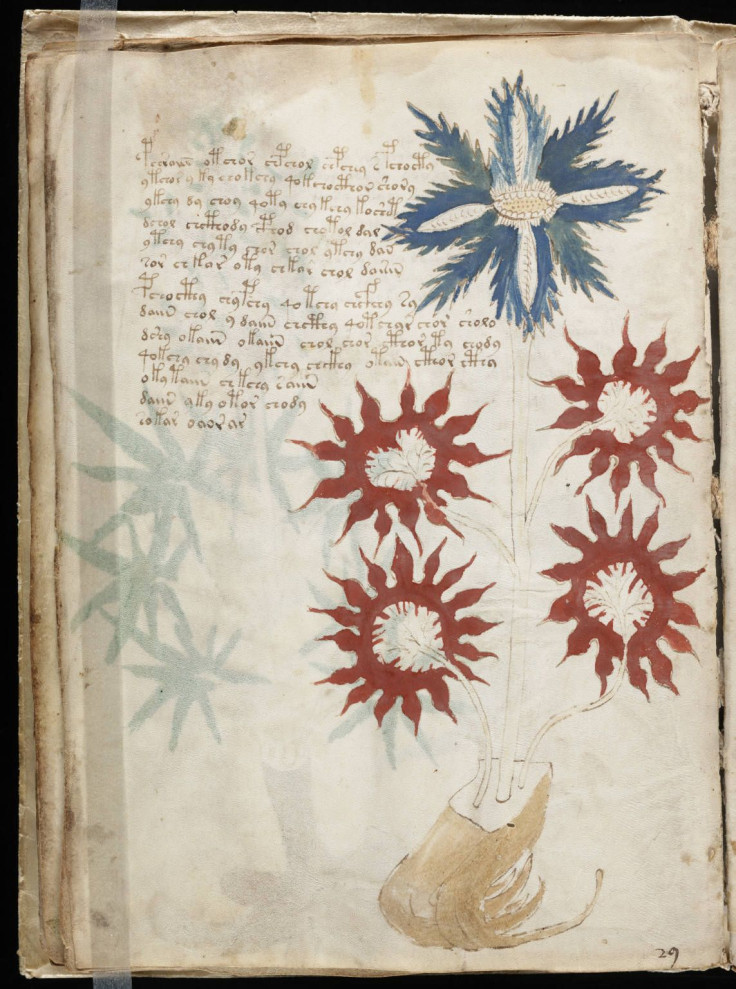Replicas Of Voynich Manuscript — A 15th Century Document No One Can Read — To Be Published

Over 200 pages filled with line after line of an unknown language, illustrations of plants that have never been identified and constellations that have never been seen — the Voynich manuscript is truly one of the world’s most mysterious books.
“The Voynich Manuscript has led some of the smartest people down rabbit holes for centuries,” Bill Sherman, curator of an exhibit at the Folger Shakespeare Library, where the 15th century manuscript was displayed in 2014, told the Washington Post. “I think we need a little disclaimer form you need to sign before you look at the manuscript, that says, ‘Do not blame us if you go crazy.’”
Now, those looking to descend down this rabbit hole will have the opportunity to do so anytime and anywhere they want — provided they have some spare cash lying around.
Siloe — a small Spanish publishing house that specializes in producing replicas — has been granted the right to clone the weathered manuscript currently locked away in a vault at Yale University’s Beinecke library. Siloe, which has painstakingly replicated manuscripts such as the 16th century Bestiary of John of Austria and the 10th century Beato Emilianense will soon release 898 exact replicas of the mysterious text.
As Agence France-Presse (AFP) reports, each copy of the manuscript will faithfully replicate every stain and hole in the fragile 600-year-old parchment.
“We thought that the facsimile would provide the look and feel of the original for those who were interested,” Raymond Clemens, curator at the Beinecke library, told AFP. “It also enables libraries and museums to have a copy for instructional purposes and we will use the facsimile ourselves to show the manuscript outside of the library to students or others who might be interested.”
However, the copies of the book will not come cheap. The facsimiles are likely to be priced at anything between $8,000 and $9,000 apiece. Despite this, nearly 300 people have already put in preorders, AFP reported.
So what makes this manuscript so mysterious and undecipherable, and thereby alluring for amateur and professional codebreakers?
For one, no one knows who wrote it, and why. For the longest time, many believed it was the work of the 13th century English Franciscan friar Roger Bacon — a theory that was disproved when the manuscript was carbon-dated and was found to have originated in the early 15th century. Secondly, the text is written in what many now believe is a made-up language — one that has not been seen in any other book.
And finally, the 250-page document is richly illustrated with images that often make no sense at all, including hundreds of otherworldly flora and images of deformed men and women wading in fluid-filled tubs interconnected, sometimes across pages, through a network of tubes.
“Touching the Voynich is an experience,” Juan Jose Garcia, Siloe’s editor, told AFP. “It’s a book that has such an aura of mystery that when you see it for the first time ... it fills you with an emotion that is very hard to describe.”
© Copyright IBTimes 2025. All rights reserved.






















